What is Solfège? The Power of Sight Singing & Ear Training
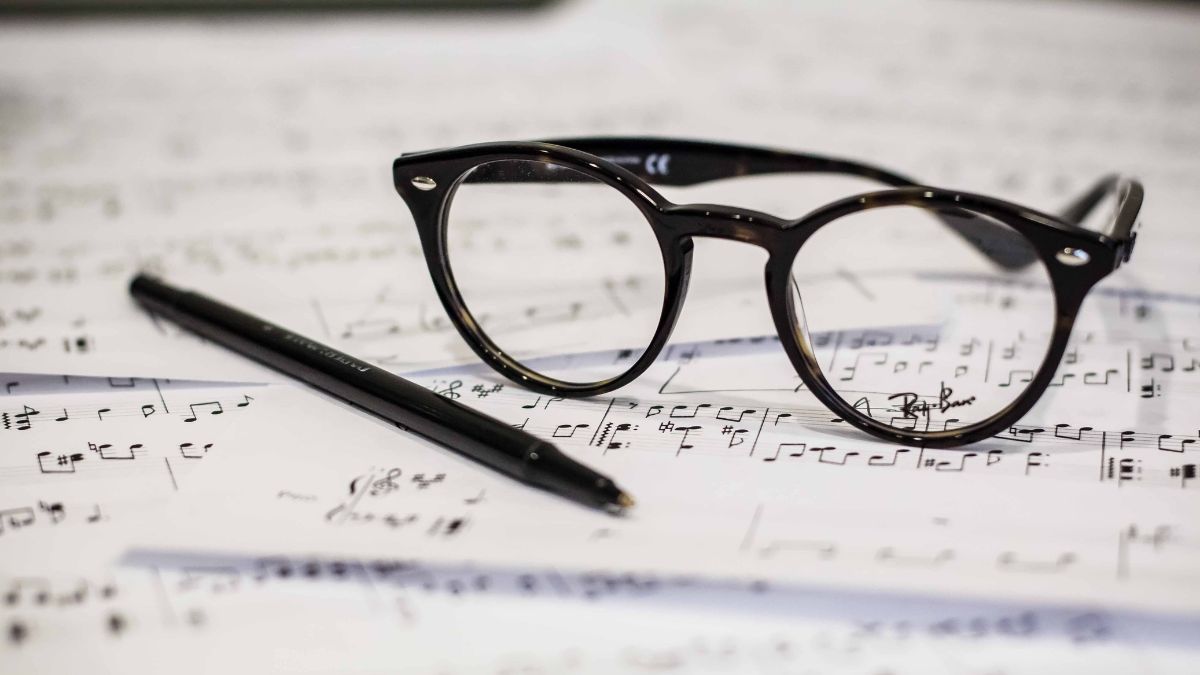
Made famous by this iconic scene and song in Rodgers and Hammerstein’s Sound of Music, solfège holds a unique place in the hearts of many music students and scholars around the world and if you’ve spent time in and around music you’ve probably heard of solfège or solfeggio.
But what is it? How can we learn it? And more importantly… should we learn it?
Make no mistake, solfège isn’t kid’s stuff. While popular culture may have cemented this ancient musical technique as beginner nonsense, solfège is a powerful system that musicians have used for centuries to learn, create, and conceptualize some of music’s greatest works!
In this article, we’ll unlock the power of sight-singing and ear training, beginning with three simple syllables… Do, Re, Mi.
What Is Solfege?
Solfège is a system of organizing musical pitches where each pitch is paired with a syllable.

These syllables are easier to sing than the names of the musical notes. Therefore, a musician can sight-sing a piece of written music more easily.
A quick review… There are 12 notes in the Western music system we use today. The major scale is formed from seven of those notes.

Because solfège emphasizes the relationships between the notes, rather than the pitches themselves, solfège forms a relationship between musical intervals and your mind/body.
By practicing solfège we gain the ability to recognize musical intervals by ear and by sight, as well enjoy the freedom of placing musical phrases and melodies in different keys and contexts.
Believe it or not, there are other modern musical systems that use this same logic, like the Nashville “Numbers” System. Instead of letter names, the numbers system uses digits assigned to different chords and scale degrees, from 1 - 7.
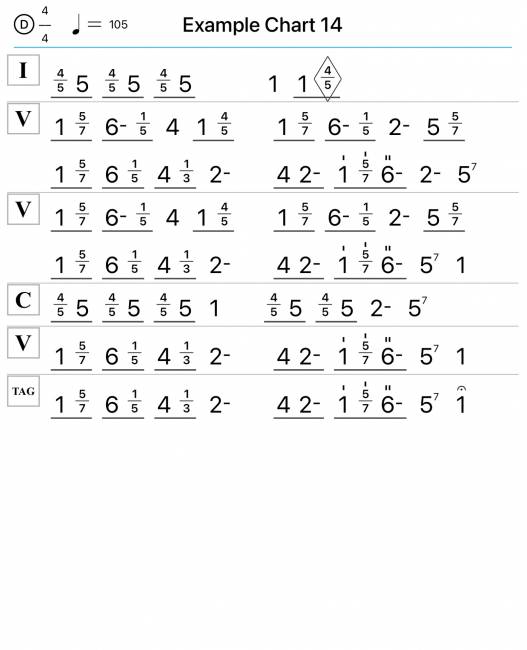
This way, a band can get up on-stage and play any song in any key without having to sight-transpose or agonize over changing the letter names of each chord.
Solfège isn’t looking so ancient at all now, is it?
What are The Benefits of Practicing Solfege?
The benefits of practicing solfège abound. Here are some of the reasons why you should develop this skill.
1. It teaches you how to audiate.
Audiation is the ability to mentally hear or imagine sound and then recreate that sound with the voice or a musical instrument. Audiation is useful because it allows us to more easily translate our ideas into hard and fast music, whether in a DAW, on paper, or with our respective instruments.
2. You gain musical perspective.
I want you to imagine how hard it would be to understand a language one word at a time. Humans don’t do this, we learn to recognize phrases and patterns. We understand the phrase, “Hey, what’s up?” as one thought, not as three separate words…
Music should be the same way.
For instance, jazz improvisation requires a hyper attentiveness to the underlying chord progression. No musician can construct a solo or melody from single notes at even moderate tempos. Instead, burgeoning jazz musicians practice two to four bar phrases over common chord changes found in jazz songs. Eventually, they’ve internalized enough phrases to speak the musical language of jazz and improvise.
Solfège helps us to tap into this skill by compartmentalizing music into chunks, instead of individual notes. You’ll begin to hear common patterns, identifying those patterns with the system of sight-singing you’ve been working hard on. The results are amazing!
3. Transposition.
Transposition, or the learning/writing down of someone else’s solo is one of the most important skills in a developing musician’s kit. This is how many great musicians and improvisers honed their craft, by listening and recreating.
Transposition takes a developed ear and strong fundamentals in recognizing intervals and patterns. Solfège works those very same muscles, improving your ability to learn new music by ear!
4. It improves musical memory
Ever feel lost listening to music in the middle of a melody or passage? Maybe you have a pretty good grip on your instrument and some basic music theory, but everything in between just sounds like chaos.
Seriously, one of the hardest things about ear-training is that once we begin, we realize how much there is still to learn. Fear not, this is the best part of the journey!
You might be at the point where you’re able to pick out chords here and there, identify the key of a song by ear, or even notice some basic intervals and scales in a piece of music. However, what if you could not only remember, but reference and transcribe or play those melodies by ear?
Solfège does just that, by strengthening the mind/body connection to music, we can gain the ability to recall things we’ve heard, and even write new musical parts or songs without the aid of an instrument!
What are Solfege Syllables?
So how does solfège work? Beginning the basic major scale, the solfa system is as follows.
Do - Re - Mi - Fa - Sol - La - Ti - Do
These syllables form the foundation of solfège.
Okay, so now that we’ve learned the basics let’s answer some more questions… How do we sing accidentals (sharps and flats)? What about the minor scale? And what are those funny hand movements I’ve seen singers do on TikTok!?
Types of Solfege: Movable-Do System vs. Fixed-Do System.
Not to confuse anyone further, but there are two common systems of solfège.
This first system is called “movable-do”, so named because the syllable “Do” is assigned to the first note, or “tonic” of the scale for whichever musical key we are in.
For example, in the key of C major, “Do” would be sung for the note “C”. In the key of Bb major, “Do” would be sung for the note Bb.
Fixed-Do on the other hand uses the “C” major scale as home base, assigning the syllables to the pitches in the C major scale.
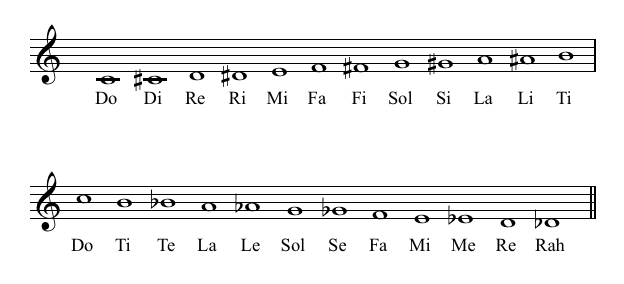
To create other scales from here the syllables are altered slightly, by changing the vowel sound.
If a note is raised or sharp (#) the syllable ends in “i”. So C# would be “Di” instead of “Do”. Easy enough right?
If the note is lowered or flat (b) the syllable ends in “e”. So Eb would be “Me” instead of “Mi” (E).
The only exception is the syllable “Re”. Because “Re” already ends with the vowel “e”, the flat version of “Re” is “Ra”.
Here is a complete breakdown of the chromatic scale in terms of solfège.
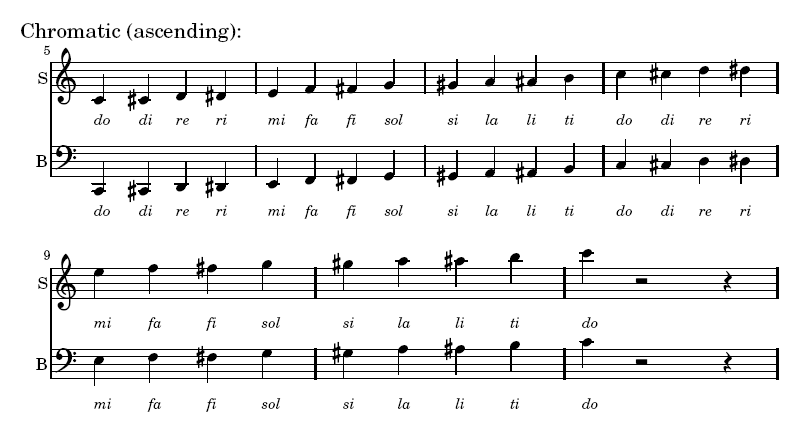
This system of sight-singing accidentals is called “Chromatic Solfège”, so-named because it gives us the ability to sing chromatic passages and notes that don’t necessarily belong in the musical key.
Hand Movements
You’ve probably seen a handful of TikToks where musicians sing while moving their hands as if signing or just really, really feeling the music. This system isn’t arbitrary. Some teachers use hand movements in conjunction with the syllabic system to really galvanize the connection between pitch and the mind/body.

These movements are used in the Kodaly system, but have origins in ancient monophonic music and chanting.
Relative vs. Perfect Pitch
Solfège creates a system of practice around perfect relative pitch. Relative pitch is the ability to sing or identify how a note will sound using just a point of reference.
Relative pitch differs from perfect pitch in that you don’t need to be born with it. That’s basically it… Relative pitch can be trained by learning to identify the sound of different musical intervals, such as a perfect 5th. In solfège this is Do - Sol.
In either of the solfège systems we’ve discussed, the point of reference is always “Do”. From “Do” we can sing any other note by memorizing how those pitches sound relative to “Do”.
To work on this skill it’s also important to have a solid foundation in ear-training and recognizing intervals. ToneGym can help you there!
This technique, like any other muscle, can be strengthened over time.
How to Practice Solfege?
A good place to start practicing solfège is by playing Solfègiator on ToneGym! It’s also worth mentioning that having a handy reference such as a piano or guitar nearby will go a long way in helping you master solfège and practice effectively. None of us start out with perfect recognition, so having an instrument around to check your work is a must.
First, begin with some training wheels. Our sight-singing trainer provides some helpful reference as you begin practicing, as a way to check your work, and make sure that the mind/body connection you’re forming with syllables and intervals is correct.
Try singing along with these examples, referencing these popular tunes if you think you’ve gotten off track. Don’t be afraid to go slowly and check your work, the entire point of practicing solfège is to build that sound and mind/body connection we’ve talked so much about. In order to do so effectively, you need to ensure you’re singing the parts correctly, or else you may cement a negative practice habit that can be even harder to shake later on.
Once you’re feeling comfortable with the basic examples included in the sight-singing trainer, try to get outside the box with some popular pieces you enjoy!
You can start with something classical or contemporary, or any old sheet music you may have lying around.
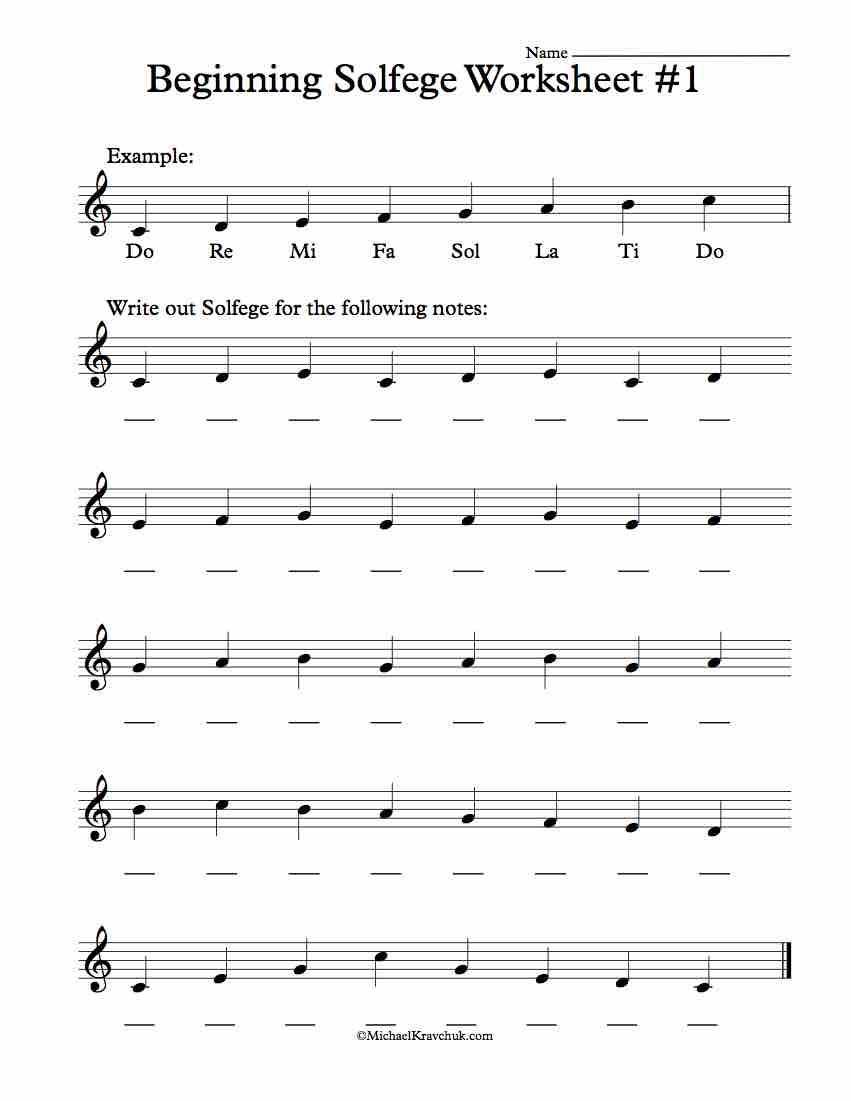
First, glance over the music, isolate a couple of bars and label each note with the correct solfège syllable below the staff.
Now, find “Do” and take a shot at it. How did it go?
Practicing Minor Scales
To practice singing minor scales, you can use one of two techniques.
Movable-Do Minor
The first technique is to use the movable-do system we discussed earlier, singing the “e” versions of the flattened 3rd, 6th, and 7th scale degrees.
Therefore, the scale would sound like this:
Do - Re - Me - Fa - Sol - Le - Te - Do
“La” Based Minor
There is also a system called “La” based minor. In “La” based minor we use the same seven syllables as the major scale but begin on “La” instead of “Do”. Because the minor scale is formed from the sixth scale degree of the major scale (called the relative minor), this technique will always work to sing the minor scale a sixth away from whichever the tonic of whichever major key we’re in.
La - Ti - Do - Re - Mi - Fa - Sol - La
Other modes
If we begin and end a scale on a note other than “Do” we get something called a musical “mode”. A mode is a scale built on any note other than “Do” in the major scale.
These modes have a different order of whole and half steps that make up the scale, so the sound changes.
For example, the second mode of the major scale is the “Dorian” mode. This scale is formed by beginning on the second scale degree “Re” and ascending from there.
Re - Mi - Fa - Sol - La - Ti - Do - Re
If we’re using the movable-do system, we would alter the syllable to produce the correct accidentals. The Dorian mode has a lowered 3rd and 7th, so the scale would look like this:
Do - Re - Me - Fa - Sol - La - Te - Do

If you’re really bussing here, you can start trying reverse engineer melodies using solfège. That is, transposing melodies you hear into sheet music. This skill is a bit more challenging, but incredibly useful practice.
Start by finding the tonic (the first note) of the melody you’re transcribing. Then, listen several times. By the second or third pass, begin looking for the patterns you recognize, such as a diatonic scale run “Do - Re - Mi”, or the tonic to fifth movement “Do - Sol”. Fill in the blanks in between as you begin to put the music down on paper.
Again, take your time and be meticulous! This type of practice should be fun, engaging, and challenging. You’re worth it.
If you’re able to achieve this skill and transpose melodies by ear using solfège, you’ve become a true master!
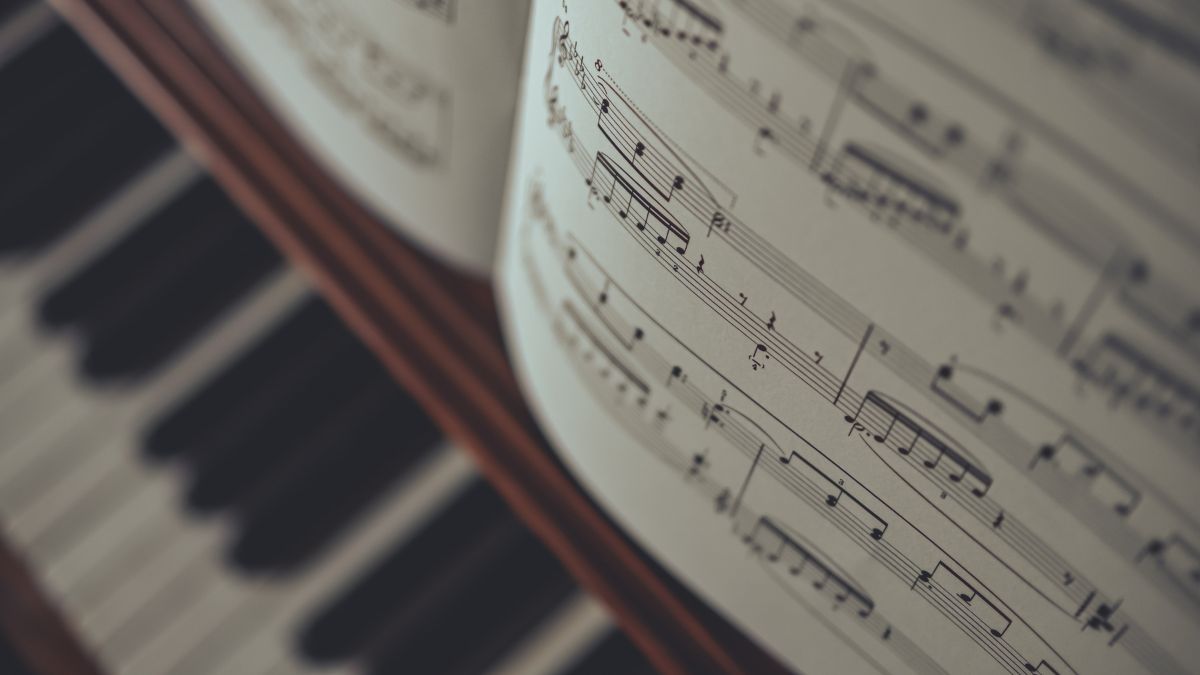
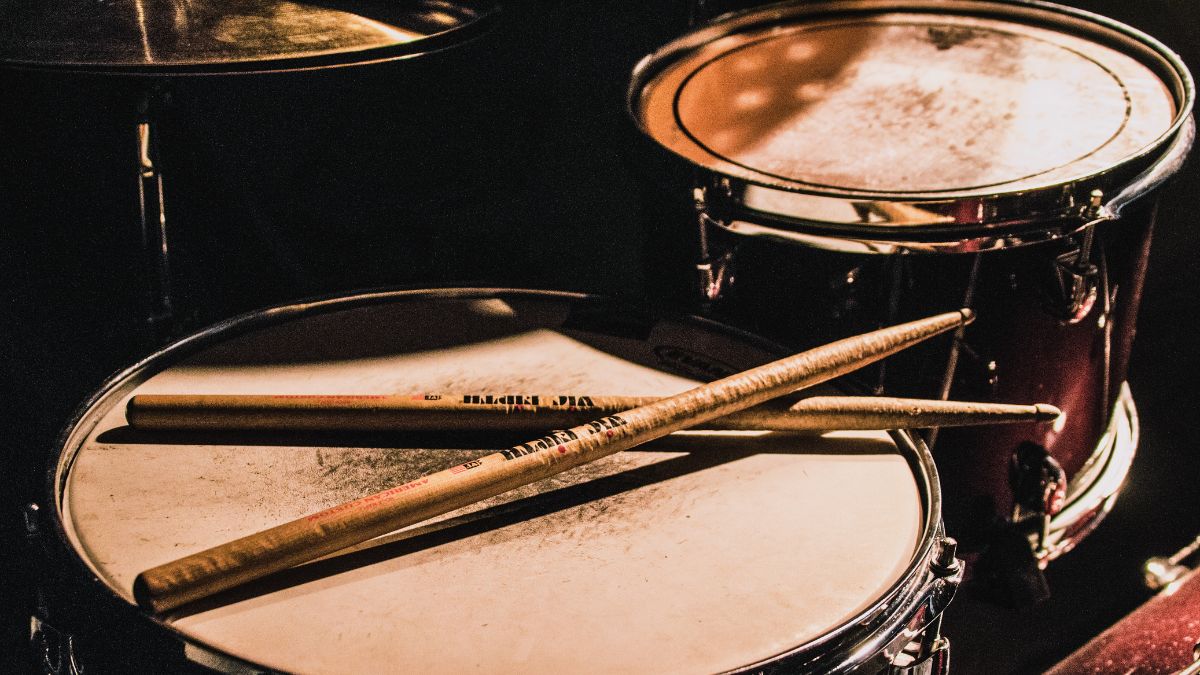

Comments:
May 24, 2023
Apr 06, 2023
Apr 06, 2023
Login to comment on this post